#parametric, #theatroacoustic
Theatroacoustic System for University of Iowa Concert Hall

The 700-seat concert hall at the new Voxman School of Music at the University of Iowa (completion expected 2015) will be one of Iowa City’s prime performance venues, occupying a prominent volume in a 6-floor architectural composition. The sculpted form suspended from the ceiling appears to be a unified visual expression, but in fact integrates 5 technical systems — acoustics, stage lighting, house lighting, audio-visual, and fire protection — designed and coordinated in close collaboration with several specialists and builders.
From the initial concept stage, a nimble and robust parametric model became the central generative tool, enabling coordination among disciplines to a high level of precision.
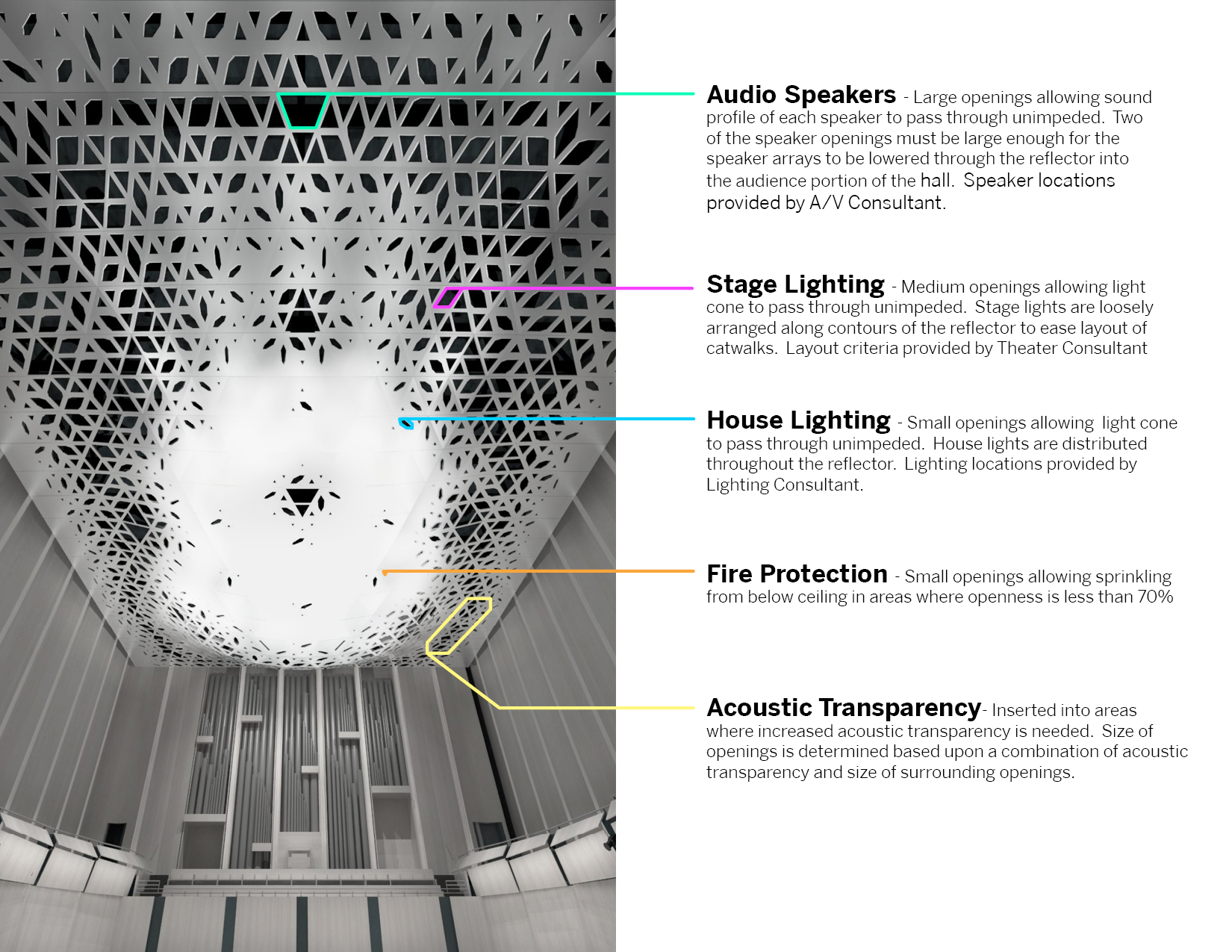
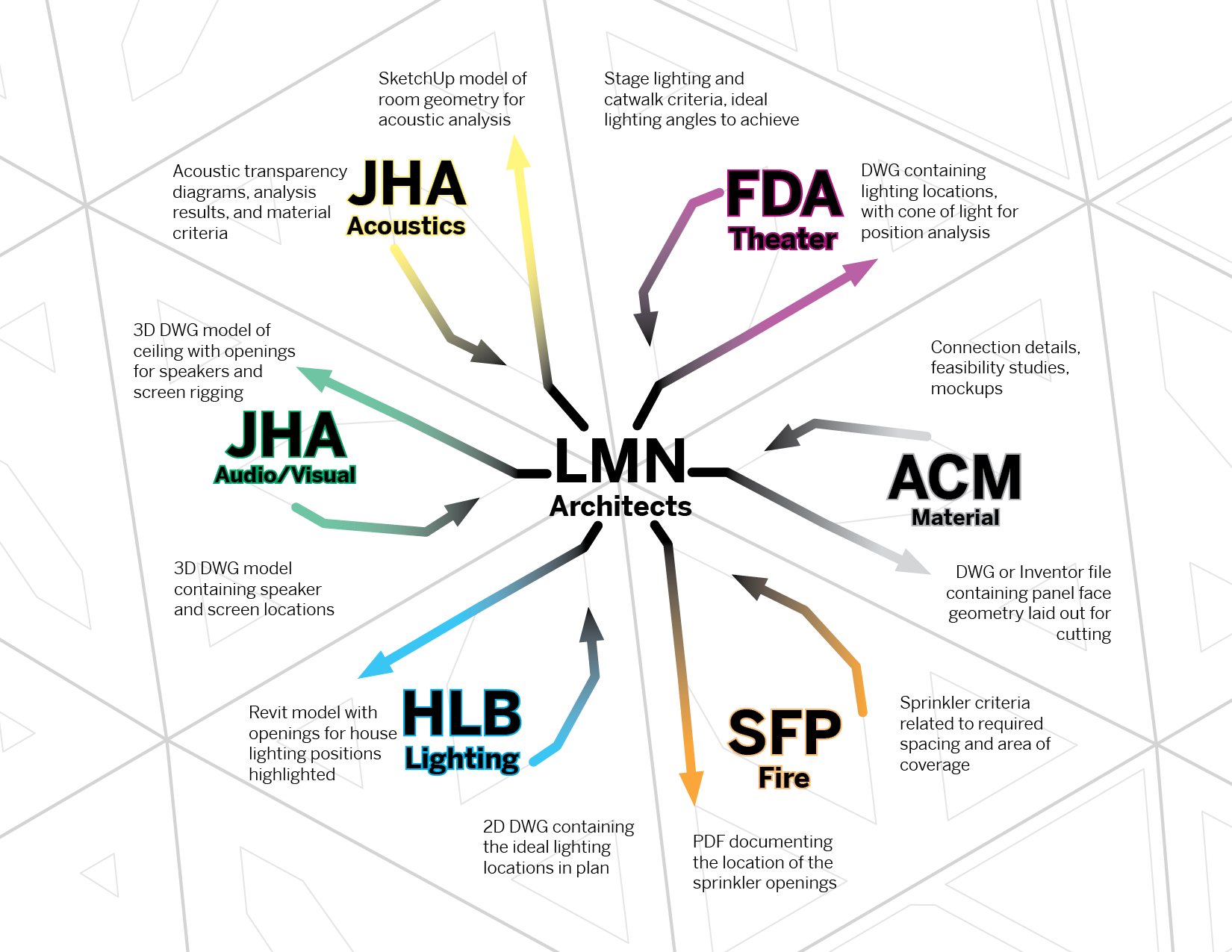
Consultants in acoustics, structures, material science, theatrical systems, lighting design, mechanical design, audio/visual design and fire protection were looped into progressive design iterations. As each input was accommodated and synthesized, the parametric model produced new drawings for each contributor in the required format.
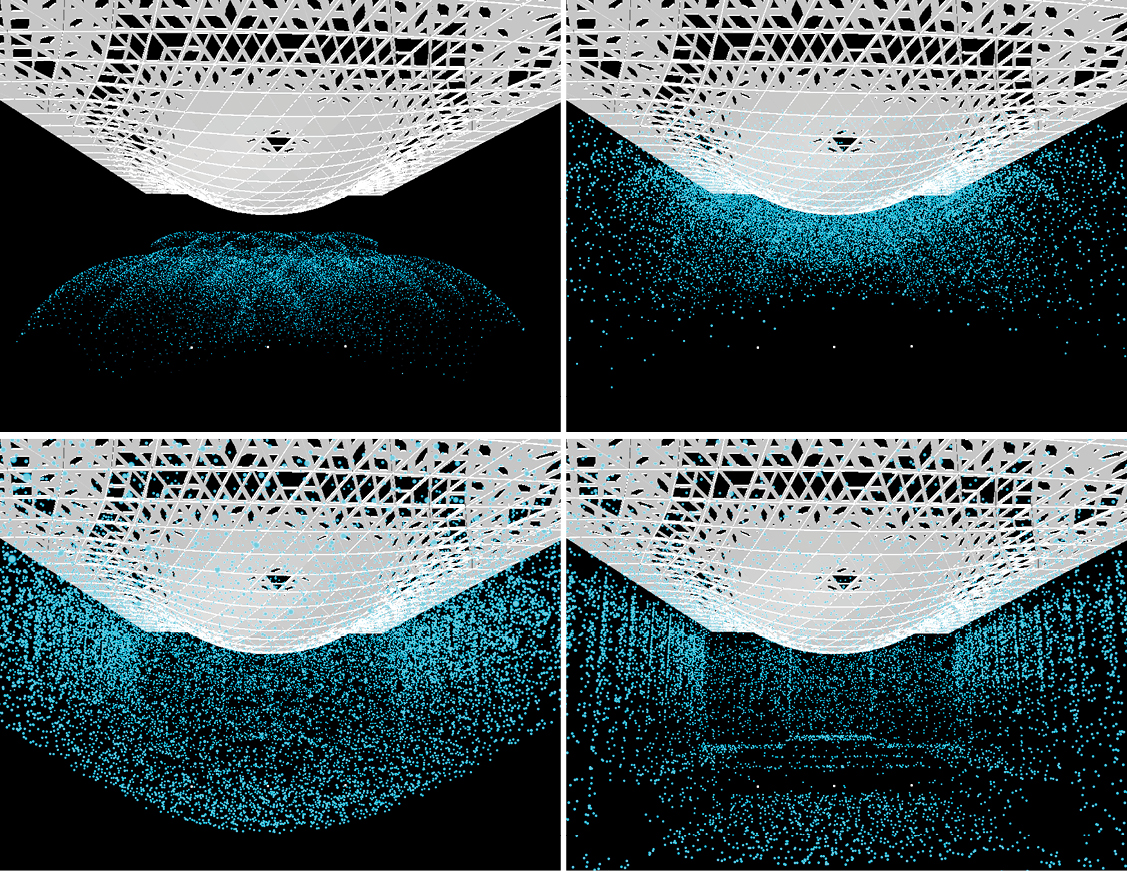
Acoustic Raytracing – The design team developed a custom software tool to visualize how sound would be distributed by the reflector. The tool was used to iteratively refine the shape of the reflector to concentrate the sound towards the audience and upper areas of the side walls.
Shaping the Acoustic Form
Acoustic scattering is a measure of how well a surface can spread sound energy evenly in all directions. The concept is simple enough, but achieving the evenness can be extremely complex to design for given the complexity of how spaces are shaped, material properties, and how sound behaves. The challenge for the architect is understanding whether or not a given visual expression is going to work, without asking our acoustical consultant to analyze every single iteration we dream up. As a result, the LMN Tech Studio has become deeply engaged in developing analytical tools to parametrically link geometry with acoustic performance, working with acousticians like Jaffe Holden.
Sound can be analyzed with raytracing even though it actually moves in a wave. There are inaccuracies with this approach because the wave behavior isn’t being taken into consideration, but the raytracing still serves as a good starting point. When setting up this study we start with the geometry we want the sound to bounce off of, a point source for the sound to originate from, and a series of rays that are emanating from that point. We then extrapolate to multiple sound sources, and solve for optimal geometries to produce the desired reflection patterns.
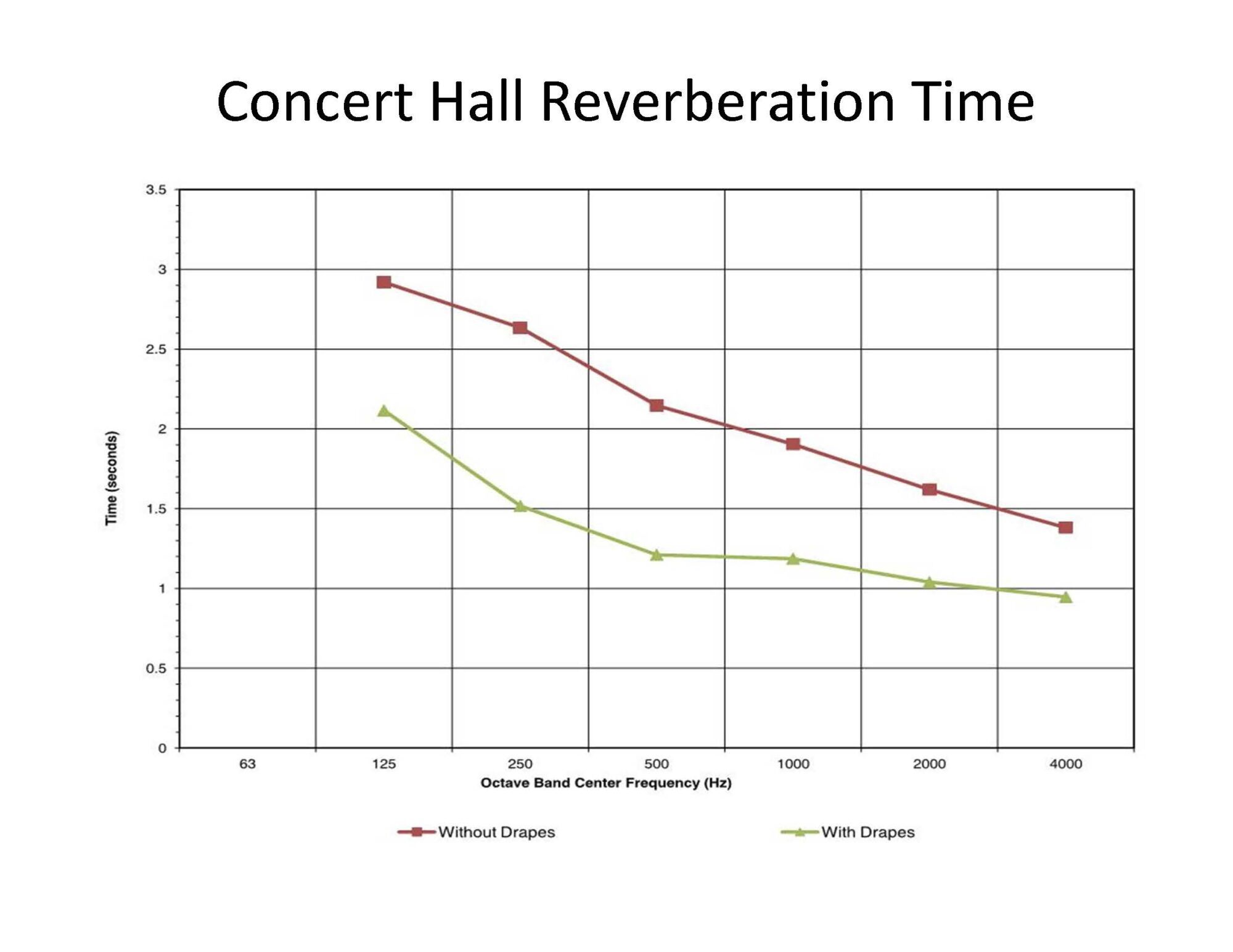
Integrating Systems
Given a visually pleasing and acoustically strong form, a parametric model of the component details of the structure proved extremely useful in creating a pattern of openings that provide the optimal locations for additional theatrical systems.
Acoustic Transparency
Hand drawings were provided by the acoustical consultant depicting the opaque and transparent areas of the proposed reflector geometry. These were translated by the architect into brightness values and mapped to the parametric model to control how open or closed a given area could become. With each iterative design change, the architect sent a Sketchup model to the acoustical consultant for simulation, followed by a meeting to discuss the results of the analysis and next steps.

Hand sketches by the acoustical consultant indicate areas of acoustic opacity and transparency.
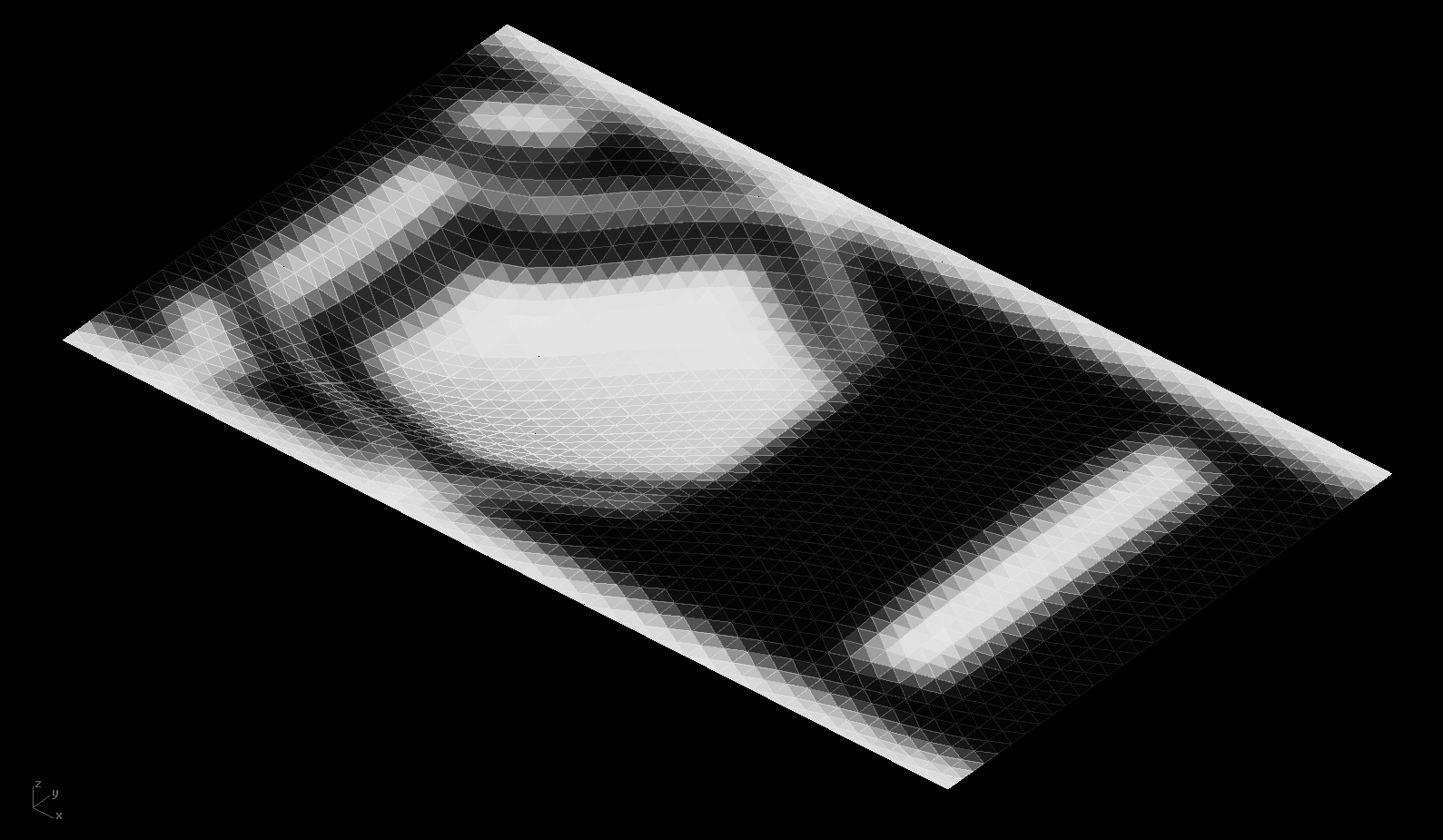
Mapping the acoustical hand sketches into the parametric model shows where openings can be placed.
House Speakers
The audio-visual consultant provided a 3D DWG containing the various speakers arranged on different layers. The architect team’s Grasshopper definition determined which panels in the reflector would need to be associated with openings for the speakers, based on the names of the layers in the DWG. This workflow allowed the overall geometry to be easily updated by simply reloading the consultant’s new file.
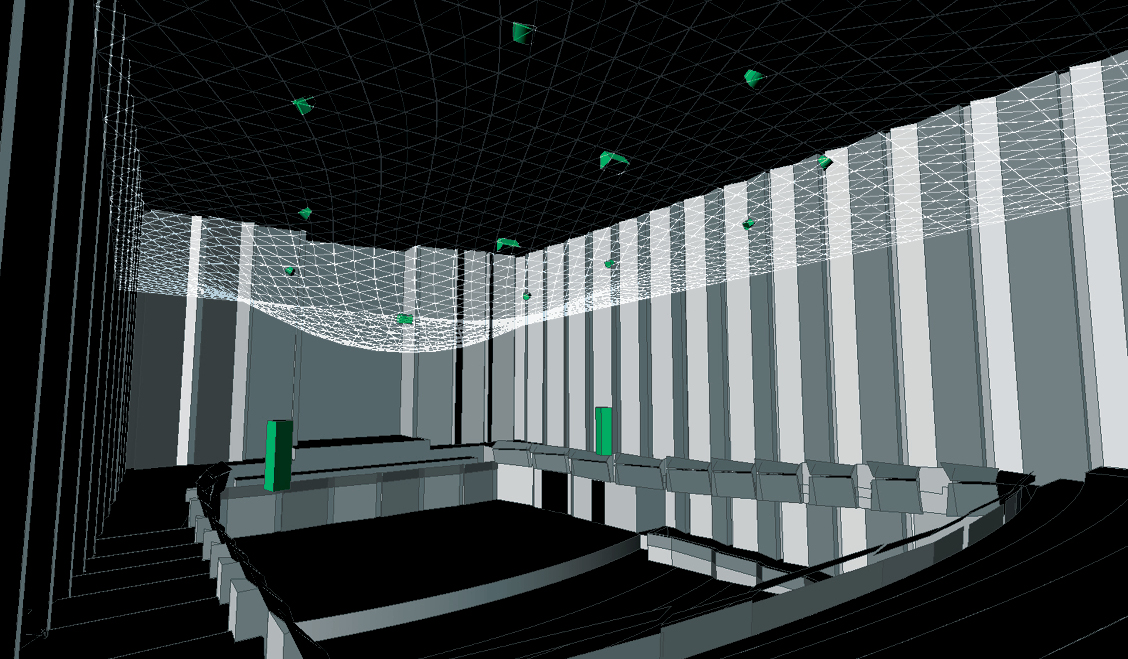
Stage Lighting
The theater consultant provided a set of rules for finding the locations of the stage lighting, which the architecture team encoded into the Grasshopper definition to find the initial layout of the lights. Locations were manually tweaked in some cases.
The architect then provided a 3D DWG containing color-coded lighting objects and light cones to the lighting consultant for review, giving each light a unique name. This workflow allowed the consultant to adjust light locations, return the file, and update the model.
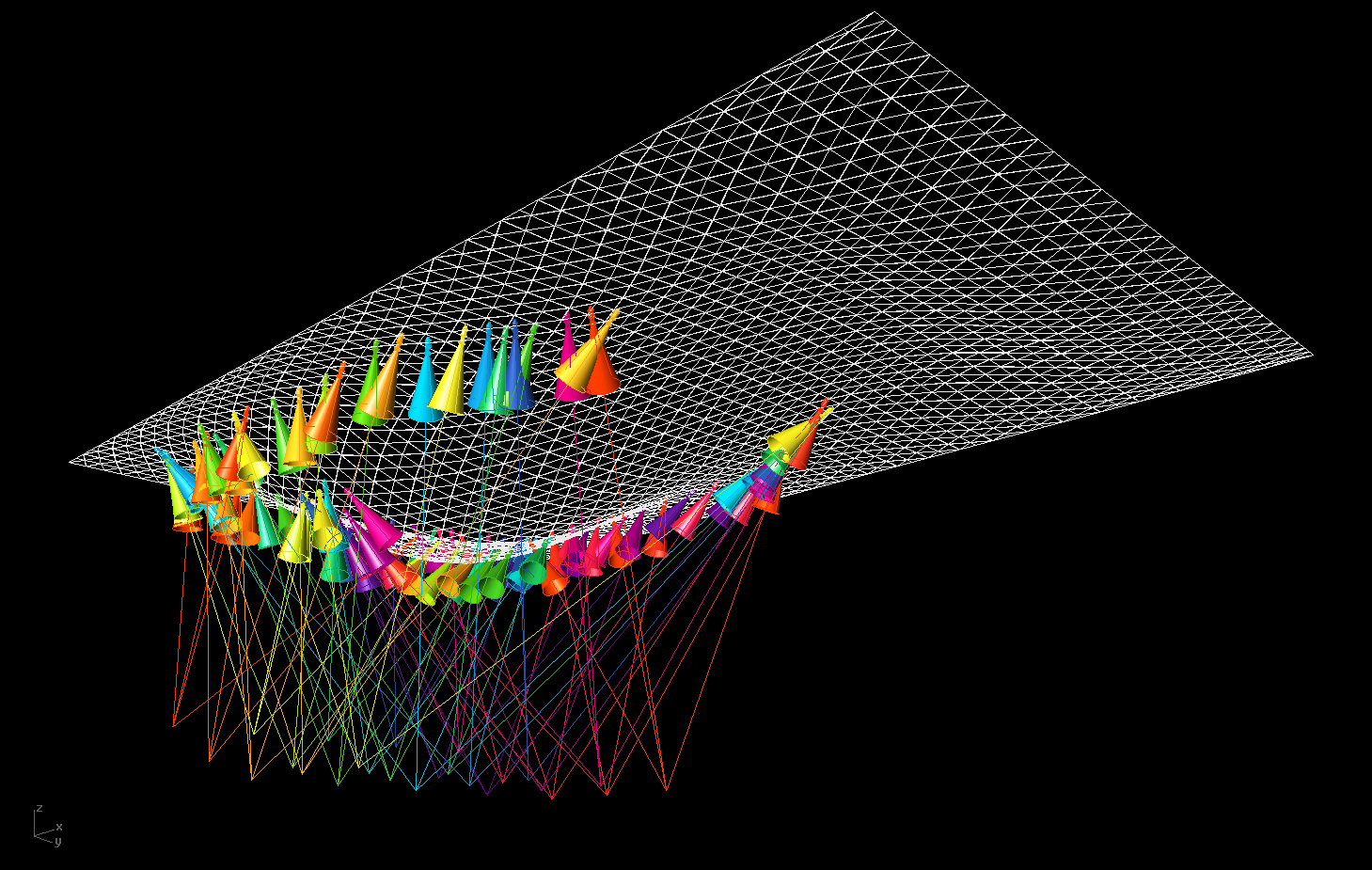
Modeling stage lighting from locations allowed by both the acoustician and the lighting consultant.
House Lighting
A 2D DWG containing the light locations was provided by the Lighting consultant. The architect team found the nearest panel for each light and created an appropriately sized opening, then sent a Revit model back to the lighting consultant for review.

Inserting house lights into the pattern of acoustically transparent openings.
Fire Protection
A set of criteria provided by the fire protection consultant determined the location of sprinklers in areas that are less than 70% open and spaced to ensure that each sprinkler covers an area of 100 square feet.
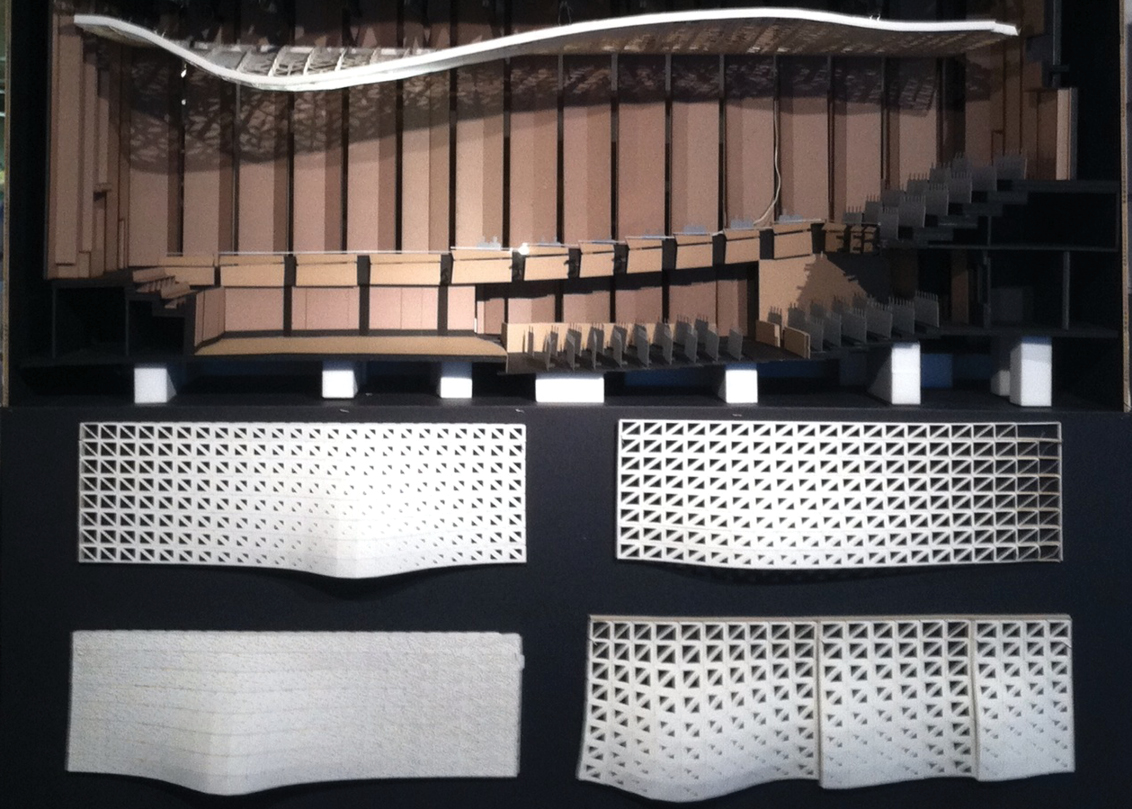
Prototyping
The architect team constructed around a dozen models of the system, ranging in scale from 1/8” = 1’ to 1/2” = 1’. Back-and-forth iterations between the physical and digital models informed the overall shaping of the acoustic form and refinement of the openings, and were also useful in exploring potential fabrication strategies.
All of the cut files for generating the models were produced by the Grasshopper definition, allowing the cut files to be constantly updated as the design was being developed.
The agility of the parametric model further engaged the architects in producing direct-to-fabrication data for construction. The design team used a 3-axis CNC mill (built at home by members of the LMN Tech Studio) to prototype full-scale components and connections for testing. Construction managers and fabricators gave critical feedback affecting system detailing, componentry, and construction sequencing.
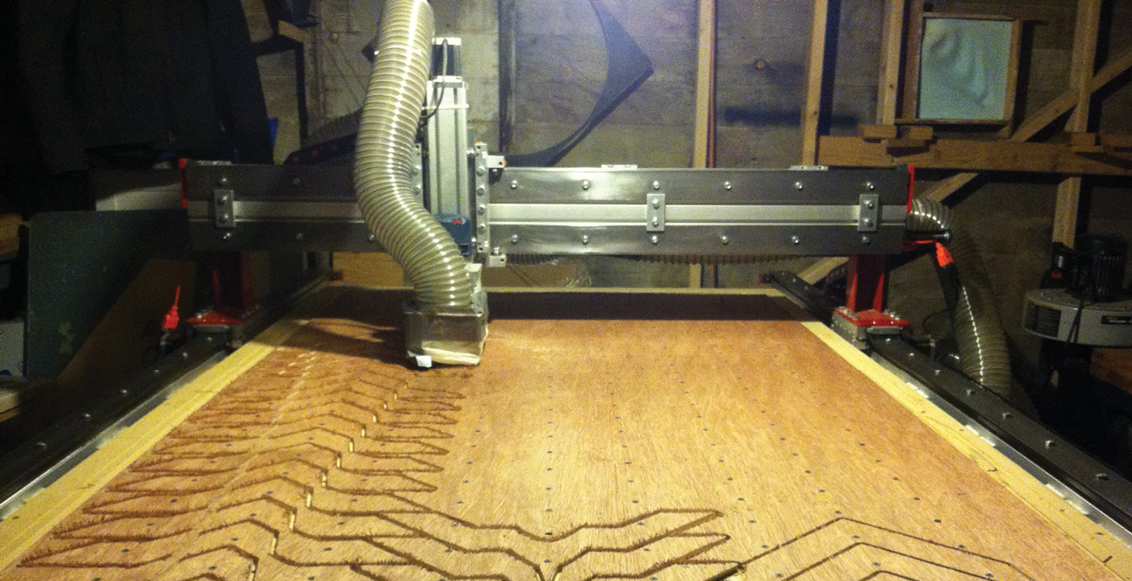
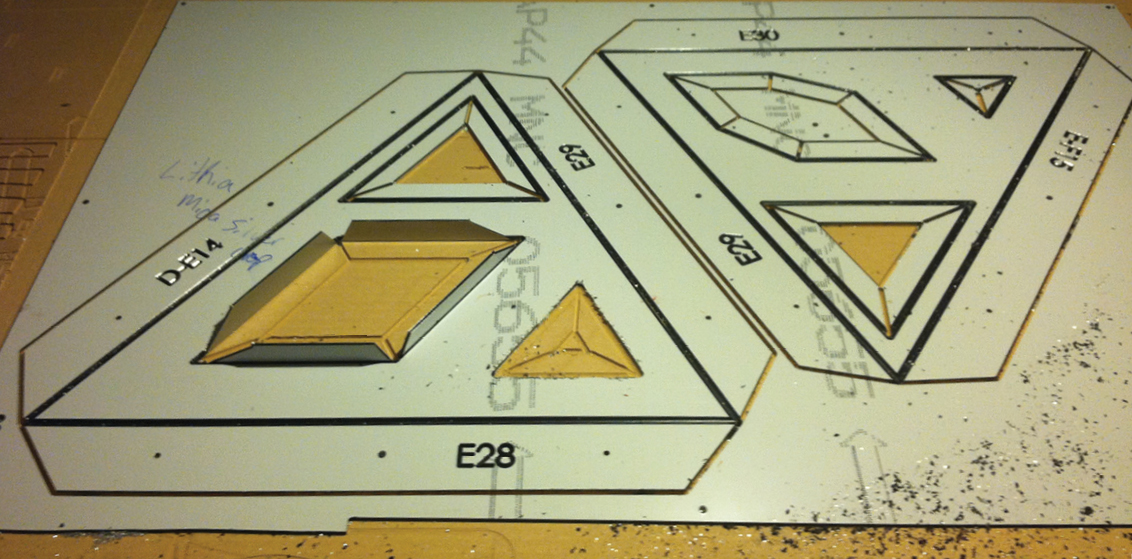
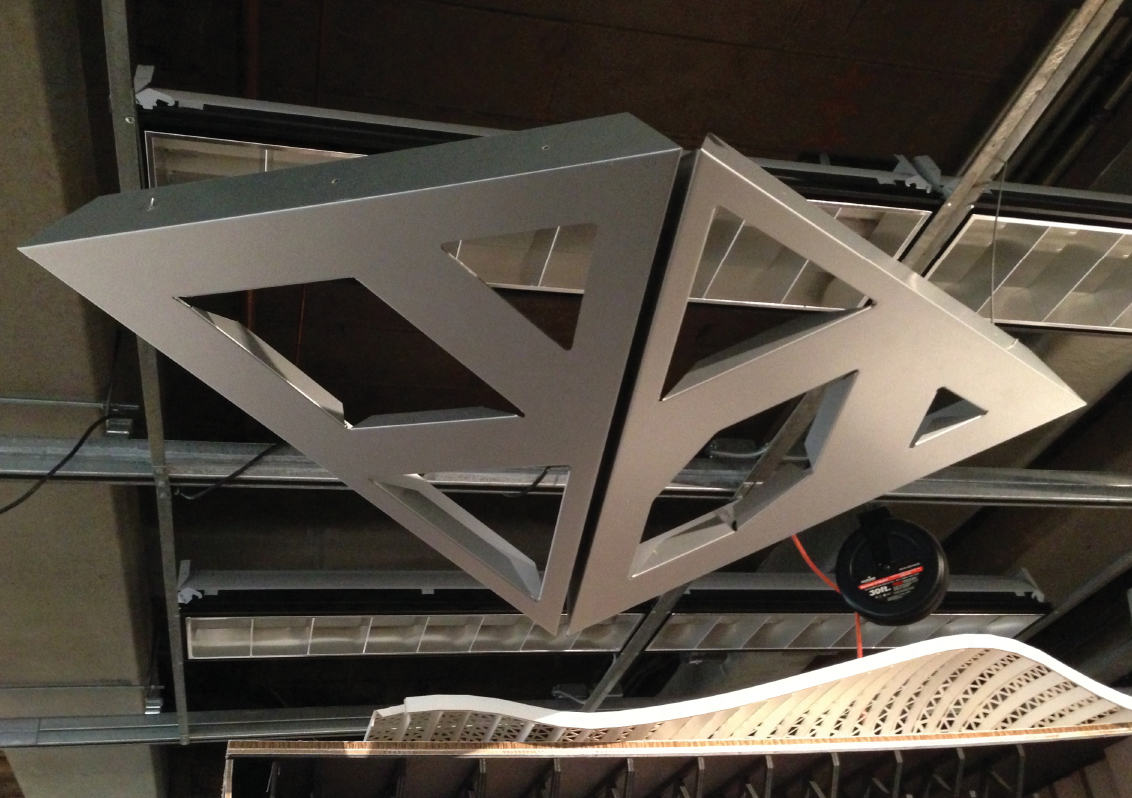
The parametric model allowed prototyping at a variety of scales, feeding directly to LMN Tech Studio’s home-built CNC router.
LMN took on the early prototyping of the system to understand the fabrication possibilities of Aluminum Composite Material. This hands-on approach to prototyping allowed us to experiment with the material and fabrication in new ways, and we constructed a mockup of 16 panels with advice from local fabricators. Materially, the system is designed to do the extraordinary with the ordinary, using composite aluminum panel in a unique specialty application.
Ultimately, the fabrication data for each of the 946 unique panels in the final design is generated directly from a single collaborative model, used at every stage of the process.
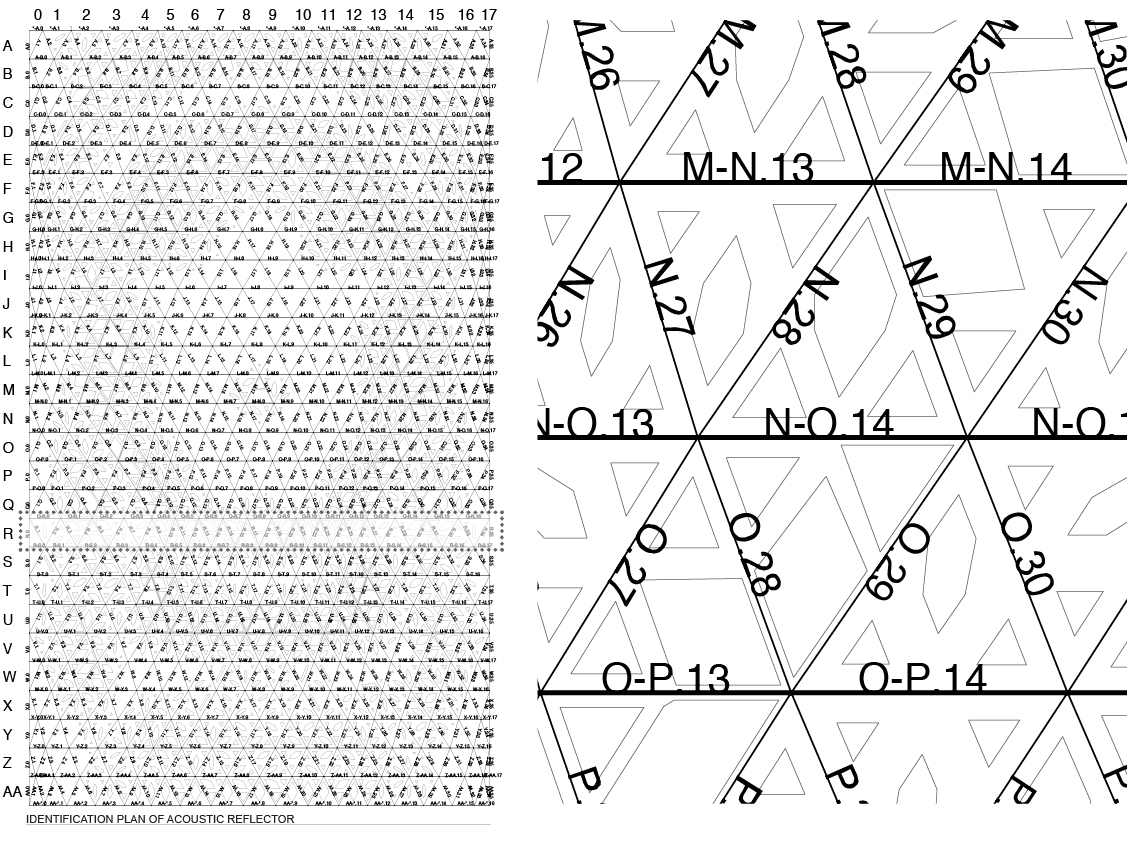
Panel Documentation 1
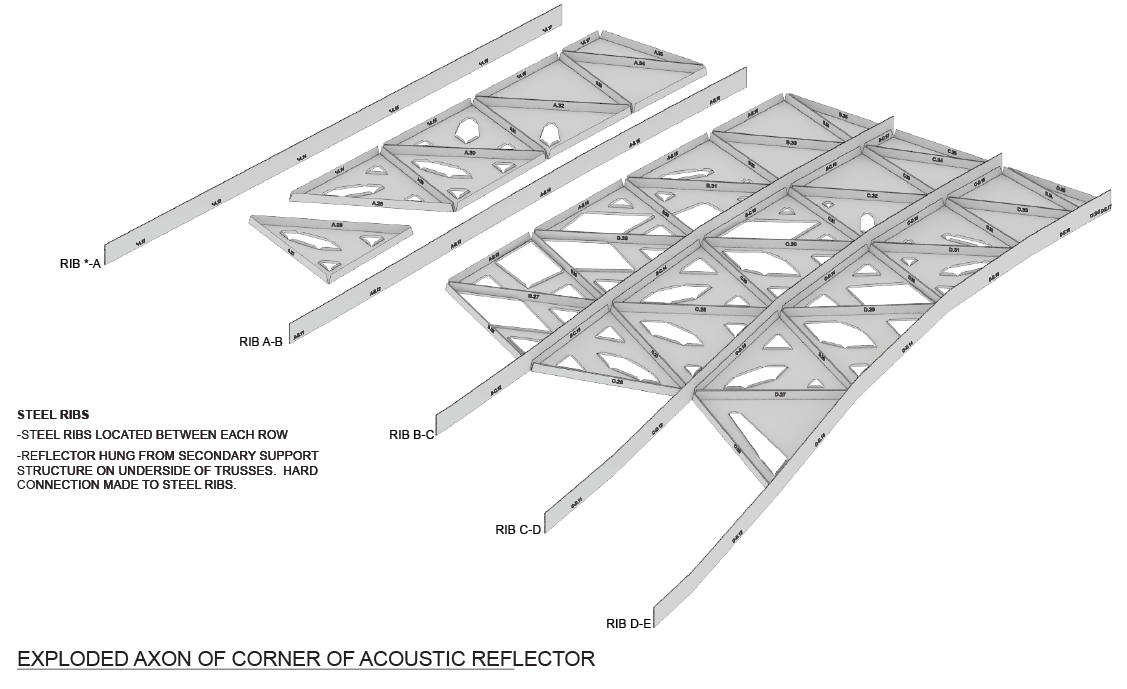
Panel Documentation 2

Panel Documentation 3
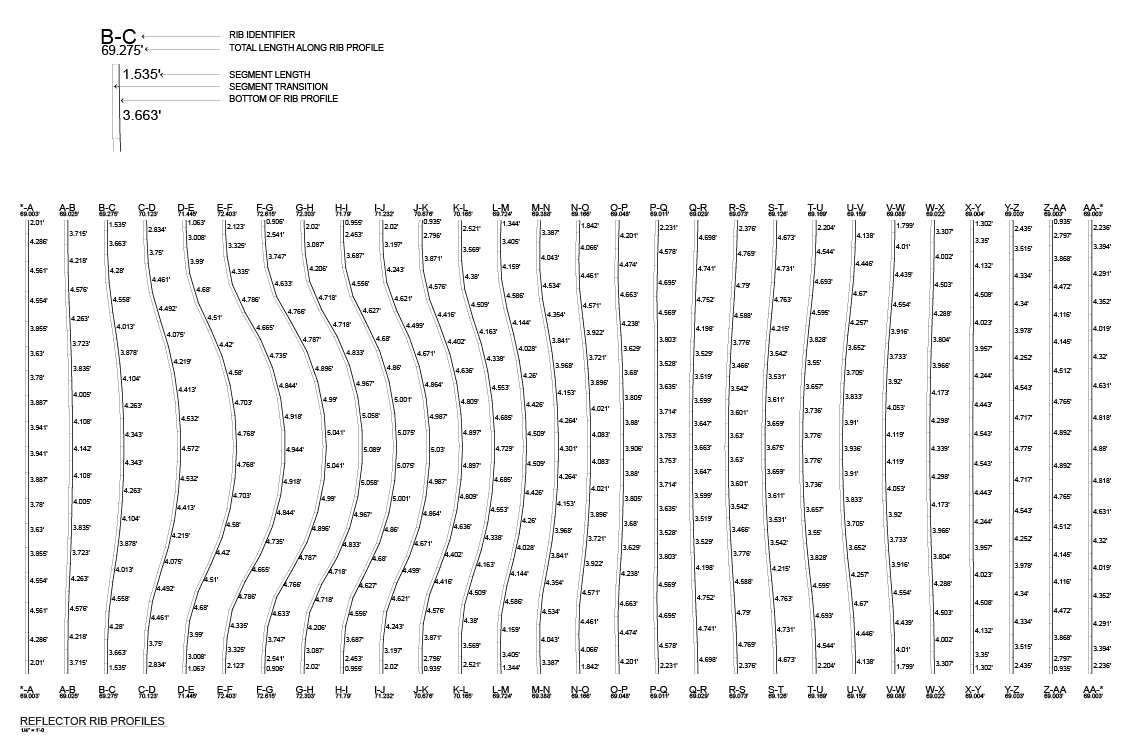
Fabrication Drawings